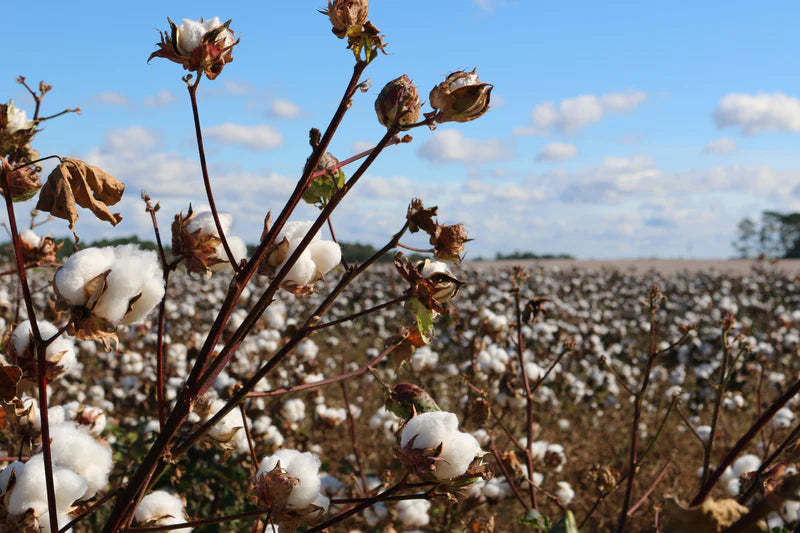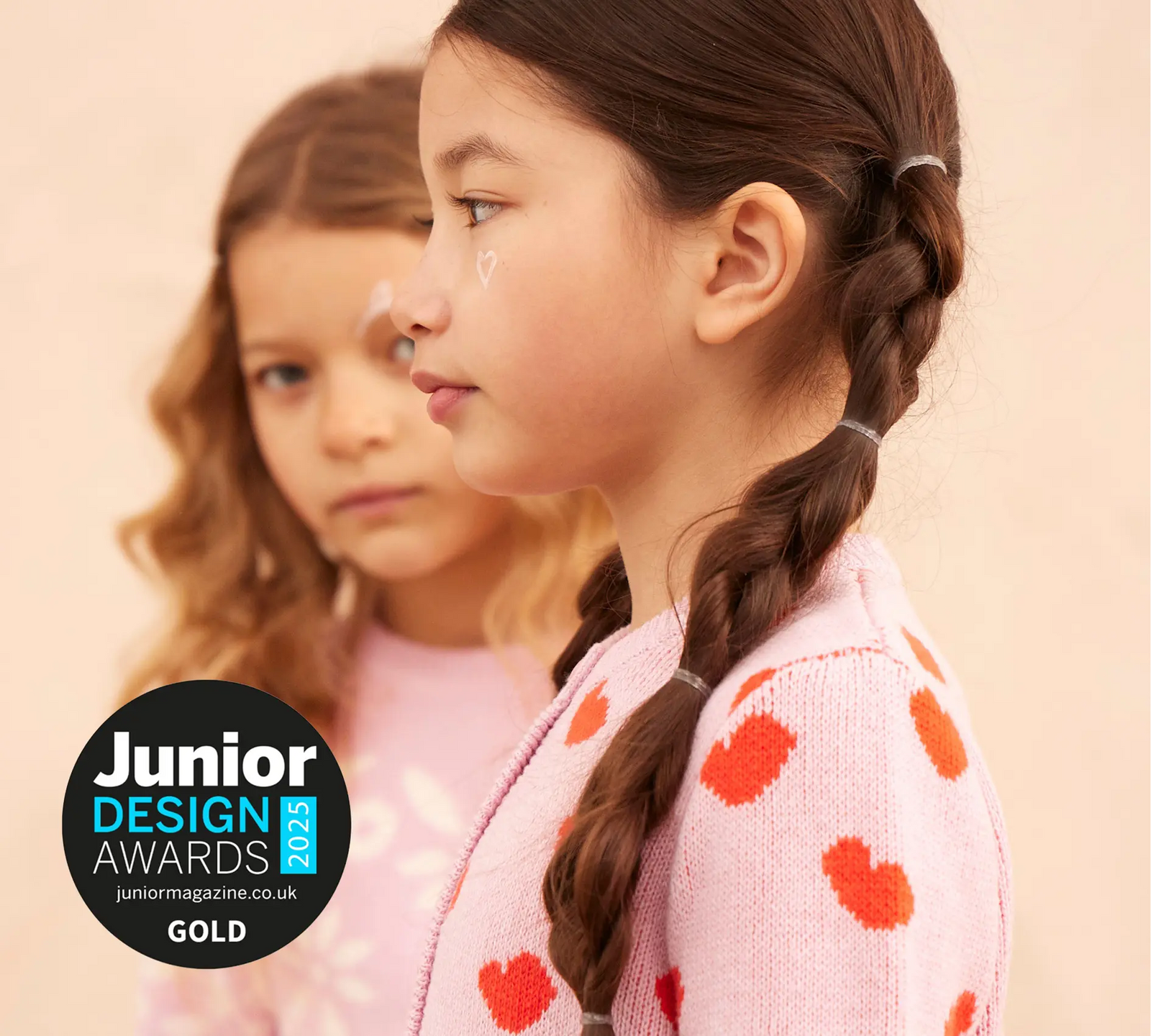Organic Clothes For Babies And Toddlers
As parents, we want nothing but the best for our children, and that desire extends to the clothing that they put on their bodies.
We go above and beyond to find the greatest fabrics, colours, and sizes for them. Surprisingly, there is more to what children wear than beauty; their clothing might have health consequences.
With growing concerns about the environment and the health of our children, organic baby and toddler apparel is quickly becoming the preferred choice for many.
Over the course of the past several years, there has been a significant expansion in the organic apparel business.
Organic products are becoming increasingly popular as a result of consumers' growing knowledge of the dangers associated with synthetic fibres in terms of both their health and their impact on the environment.
In response, children's clothing manufacturers are expanding their organic collections, which now feature a broader selection of appealing, high-quality garments that are not only kind to the environment but also comfortable to wear on the body.
Evidently, the organic clothing market has a promising future with the current trend. According to Gitnux, the global sustainable apparel market is expected to experience an 8.6% growth between 2021 and 2032.
Post Outline
- Why Choose Organic Clothing for Your Little One?
- The Different Types of Organic Textiles
- GOTS Certified Organic Cotton
- The Benefits of Organic Cotton
- Are You Looking For Inspiration On Eco-Friendly Kid's Clothing?
- The Promise of Sustainability in Baby and Toddler Clothing
Why Choose Organic Clothing For Your Little One?
When it comes to our children, every decision matters, from what they eat to what they wear because of the immense effects they can have on their health. Conventional clothing, which is frequently laden with toxic chemicals, may be too abrasive for your child’s sensitive skin. Organic clothing, particularly those made of 100% certified organic cotton, is free of these hazardous toxins, making it an excellent choice for your child's sensitive skin.
Organic toddler clothing is created in a sustainable and ethical manner, lessening the environmental impact. Organic children's clothing helps to safeguard your child's health while also helping to create a more sustainable future for all.
The Different Types Of Organic Textiles
Organic clothes can be created from a variety of natural, and environmentally friendly sources.
Here are some examples:
- Organic Cotton: Organic cotton is one of the most widely used fibres in organic apparel. The cotton is grown without the use of toxic pesticides and fertilizers. Thus, there is no accumulation of toxic remnants from the pesticides and fertilizers in the cotton fibres.
- Organic Cashmere: Organic cashmere is produced from goats that are raised on organic feed and graze on organic fields. These goats are not treated with synthetic hormones or pesticides, and their cashmere is processed without harmful chemicals.
- Organic Bamboo: This fast-growing plant is frequently farmed without pesticides and can be made into a soft, breathable, and hypoallergenic cloth. The presence of microscope holes in bamboo fibres allows for excellent ventilation.
- Organic-Linen: Organic linen is made from the flax plant and is recognized for its cooling capabilities. The flax is planted without the use of any toxic chemicals. Organic linen is quite rare as it accounts for only 1% of the linen produced globally.
- Organic wool: is warm, resilient, and self-extinguishing because it is produced from sheep fed on organic grain and without the use of toxic chemicals for parasite control. There are strict guidelines that must be adhered to before livestock can qualify as being raised organically.
- Organic Hemp: Hemp is a hardy and environmentally beneficial crop that requires no pesticides. Hemp cloth is both long-lasting and pleasant.
- Organic Silk: Organic silk is a gorgeous, lightweight, and breathable fabric made from silkworms bred on organic mulberry bushes and processed without the use of harmful chemicals.
- Tencel/Lyocell: Although not "organic" in the full sense, it is a semi-synthetic cellulosic fibre that is friendly to the skin. Tencel is a fibre created from Eucalyptus trees that are sustainably produced. The manufacturing process is closed-loop, which means that nearly all of the water and solvents used are recycled. The fibre is friendly to the skin and is often referred to as regenerated cellulose.
It's important to understand that just because a fabric is created from these natural fibres doesn't automatically mean it's organic. To be a truly organic fabric, the crop should be farmed organically, and the manufacturing process should likewise follow organic guidelines.
This can be ensured through adherence to The Global Organic Textile Standard (GOTS).
Global Organic Textile Standard (Gots)
The Global Organic Textile Standard (GOTS) is the world's premier organic fibre textile processing standard





Leave a comment (all fields required)